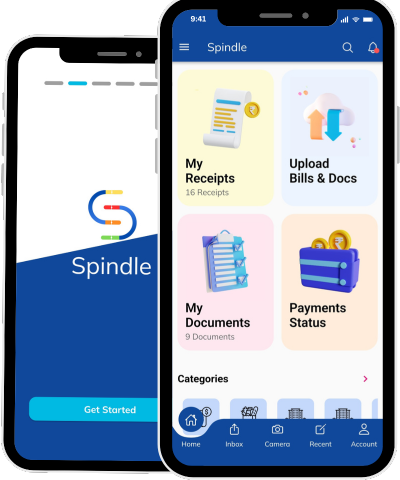Green Your Wallet:Make Money by Embracing Eco-Friendly Solutions
We are more than a digital document management app. We enable sustainability tracking for businesses and individuals.
We have integrated real time emission tracking for routine activities for business and individuals.
We believe "You can’t change what you can’t measure". In current market there are very less options to make informed decision regarding their CO2 emissions
and steps to reduce it.
Spindle not only calcualtes your emission but also help take action to reduce it. And by following each sustainable action you can earn money.

Our Offerings
Embark on a journey towards sustainability with our comprehensive array of services. From meticulous emission calculations to facilitating carbon credit transactions, ensuring regulatory adherence, fostering community projects, and making strategic climate investments, we're here to guide you every step of the way towards a greener future.

Sustainability & Net Zero Services

Calculation of Emissions

Buying & Selling of Carbon Credits

Monitor and Maintain Compliance

Community Based Projects

Climate Investments
Understanding Carbon Credits
Carbon credits, also known as carbon offsets, are a way to compensate for carbon dioxide (CO2) emissions by investing in projects that reduce or offset greenhouse gas emissions. Each carbon credit represents one ton of CO2 equivalent that has been prevented or removed from the atmosphere.
- Represent a form of carbon offset traded voluntarily in the over-the-counter market for credits.
- These are emission units or credits established within a regulatory framework to offset a project's emissions.


Green Profits
Capitalizing on the Carbon Credit Market
 Turning Emissions into Earnings
Turning Emissions into Earnings
It is anticipated that the market for carbon credits would expand at a compound annual growth rate (CAGR) of about 31% from 2020 to 2027, reaching a valuation of $2.4 trillion. The demand for carbon credits is also anticipated to climb. Furthermore, the demand for carbon credits is expected to rise by up to 100 times by 2050 and by at least 15 times by 2030, according to projections made by the Taskforce on Scaling Voluntary Carbon Markets (TSVCM).
- Regulations : Government regulations force businesses to cut emissions, which generates consistent demand from those who surpass emissions ceilings.
- Demand in the Voluntary Market : Demand in the Voluntary Market: To promote sustainability and corporate social responsibility, many businesses buy credits voluntarily.
- Rising Carbon Prices : Rising Carbon Prices: As public knowledge of climate change grows, so do the costs of carbon credits, which increases the possibility for profit.
- Diverse Revenue Streams : Diverse Revenue Streams: Reforestation and renewable energy projects, for example, provide a variety of revenue streams that increase profitability.
- Technological Developments : Technological Developments: As a result of technological advancements, measuring and confirming carbon reductions is now less expensive and complex.
Global demand for voluntary carbon credits could increase by a factor of 15 by 2030 and by a factor of 100 by 2050
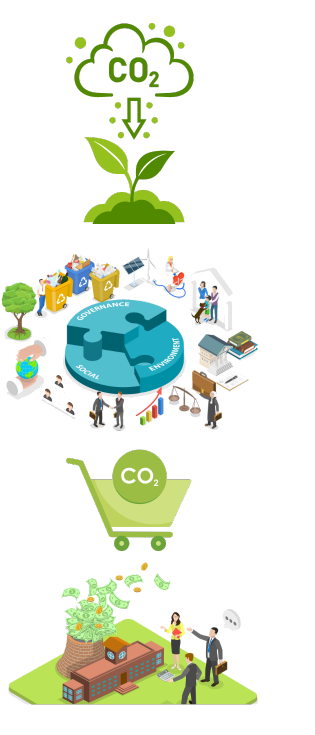
Navigating
Carbon Credit Eligibility
Check to see if your project or business operations qualify for carbon credit production. Making sure that initiatives considerably contribute to carbon avoidance or sequestration above and above typical business practices is necessary to achieve this. For the results to remain credible and honest, they have to be verifiable and quantifiable while following accepted standards and procedures.
 To assist with this evaluation, take the following actions:
To assist with this evaluation, take the following actions:
Examine present activities to determine emission baselines, pinpoint possible reduction areas, and establish a point of reference for project effect analysis.

Make sure it is possible to measure and verify the carbon savings your project seeks to accomplish. If, for example, installing solar panels results in less dependency on fossil fuels, you ought to be able to figure out precisely how many emissions were averted. For the purpose of measuring and reporting emissions savings, use accepted procedures.

If you are developing a carbon project, you might want to speak with experts in carbon credits or other related fields. These professionals may offer insightful analysis of your project's eligibility as well as guidance on how to organize it to satisfy the requirements.
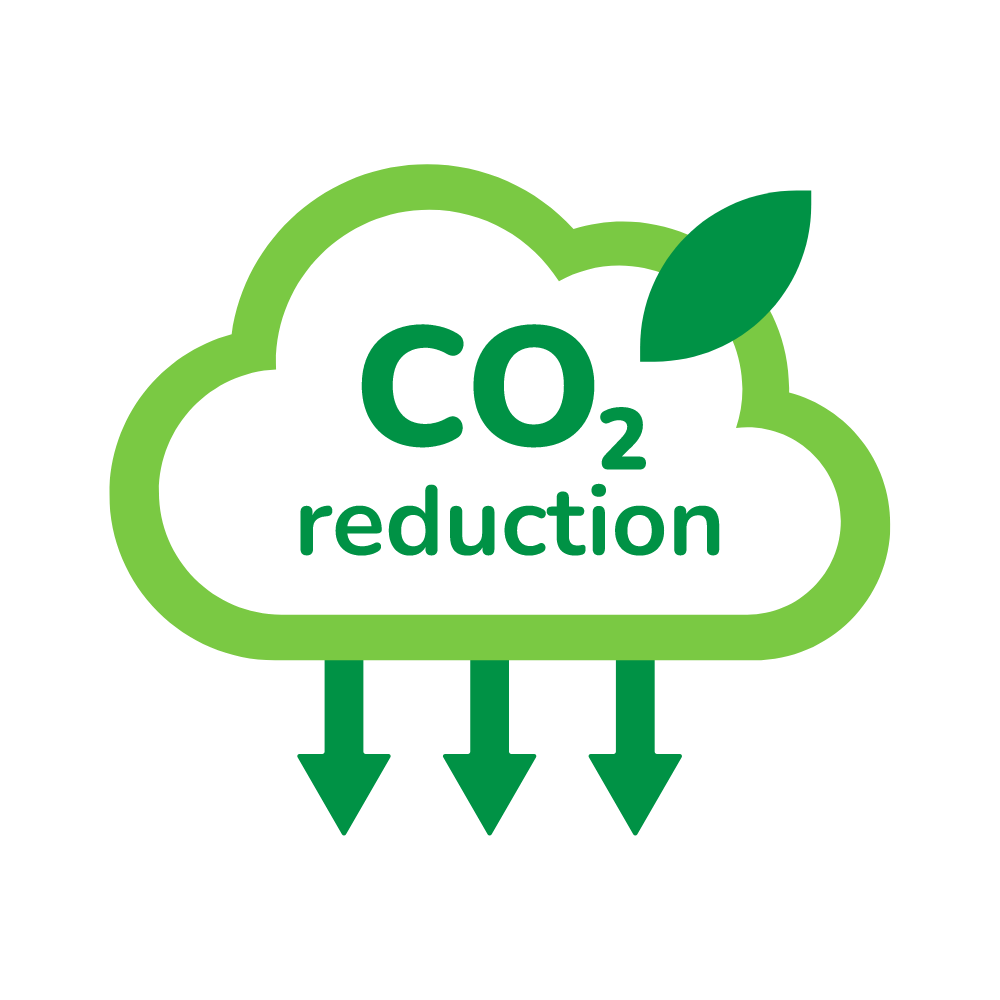
Keep thorough records of every step of your project, starting with the planning stages. This covers baseline data, project design documentation, reduction-calculation techniques, and any modifications to regular business activities. Complete documentation is essential to the process of verification.


Developing
a Carbon Project
 Transforming Emissions into Earnings
Transforming Emissions into Earnings
To effectively reduce emissions, developing a carbon project requires adjusting strategies to particular industries, geographical areas, and available resources. Every effort, from energy to agriculture, tries to stop climate change by putting into reality useful methods or tools. Finding options for carbon sequestration or emission reduction is the first step, which is then followed by thorough planning and stakeholder involvement.
- Utilizing solar power in farming operations to provide clean energy with preserving the use of agricultural land.
- Installing biogas plants to reduce methane emissions by converting agricultural waste into green electricity.
- Incorporating trees into farming fields to integrate forestry and crop production for improved biodiversity and carbon sequestration.
- Switching to organic agricultural methods in order to reduce chemical input and improve soil carbon storage.
- Investigating solutions for carbon capture and utilization (CCU) or storage (CCS) to eliminate industrial CO2 emissions.
We set out on a path towards sustainability by utilizing our extensive range of offerings.

Calculate Carbon Reductions
In order to accurately quantify emission reductions or removals, measuring carbon reductions is essential for establishing a carbon project. This is based on techniques that have been authorized by significant carbon standards, which offer frameworks for reliable and consistent computations. Choosing the appropriate methodology is crucial as it affects the legitimacy of carbon credits and ensures that projects are in line with environmental objectives. Here's an overview of recognized methodologies:
- In India, the Centre is planning to set up the Indian Carbon Market (ICM) by establishing a national framework that will help in decarbonising the domestic economy.
- The draft framework for the Indian Carbon Credit Scheme 2023 was recently notified by the Union government.
- The Bureau of Energy Efficiency functioning under the Ministry of Power has been tasked to develop the Carbon Trading Scheme in tandem with the Ministry of Environment, Forest and Climate Change.
- The ICM will have following benefits:
- It will help India lower the emissions intensity of its GDP by 45% by 2030 compared to the 2005 levels, thereby meeting its NDC target related to its global climate commitments.
- ICM would help in decarbonising the commercial and industrial segments (in line with India’s net zero by 2070)
- Although the ICM would be regulated, it will offer flexibility to companies in hard to-abate segments to augment their GHG emission efforts through carbon market credits. It will also create more awareness, change and innovation across hard to-abate industries. It could help attract finance and technology for sustainable projects that can generate carbon credits.
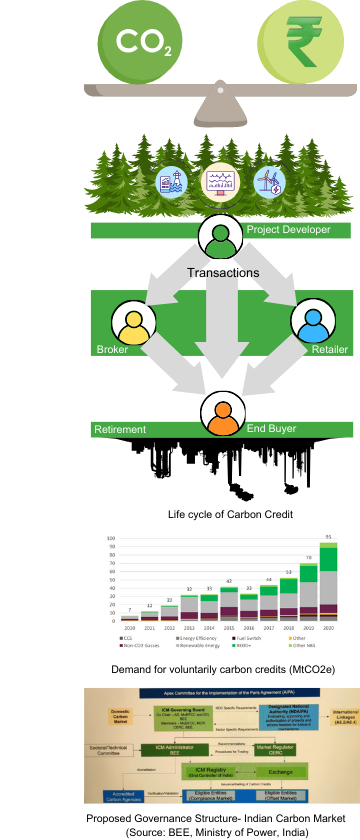
Best Practices for
Managing Carbon Projects
Validation And Verification
Projects go through pre-project validation and post-implementation verification to guarantee the credibility of carbon credits. The project's plan and actual emission reductions are assessed by impartial and independent third parties accredited to recognized standards, guaranteeing the project's integrity.
Registration
Following inspection and verification, registering with a carbon standard is essential. It permits the issuance of carbon credits by formally recognizing the project's contributions to carbon reduction. When a registration is successful, the project is entered into the standard's register and credits are given. These credits can be exchanged on a number of sites, and the cost is determined by the kind of project, the region, and consumer demand.
Issuing of Carbon Credits
After registration, you will receive carbon credits into the carbon standard register. Each credit is worth one tonne of prevented or eliminated CO2 (or equivalent) from the atmosphere.
- Submit a Request for Credit Issuance
- Ensure Compliance
- Pay Fees
- Review by Standards
- Credit Issuance
- Prepare for Sale or Retirement
- Continuous Monitoring
Selling Carbon Credits
You are able to sell and market your carbon credits after they are issued. Using the registry of the carbon standard you are registered with is the simplest method to accomplish this. These are the most popular methods for selling carbon offsets: Spindle, Verra Registry, Gold Standard Impact Registry, Climate Action Reserve (CAR), Carbon Trade Exchange (CTX), Markit Environmental Registry, and European Energy Exchange (EEX).
Reporting and Monitoring
Track project performance over time in accordance with the requirements of the carbon standard, including:
- Create a tracking plan using indicators such as sequestered carbon.
- Follow established protocols while conducting audits and site inspections.
- Regularly add new data to the registry.
- Transparently disclose progress, engage with stakeholders in an open manner, and analyze data for improvement.
- Maintain thorough documentation and carry out pre-verification audits to ensure compliance.
We set out on a path towards sustainability by utilizing our extensive range of offerings.
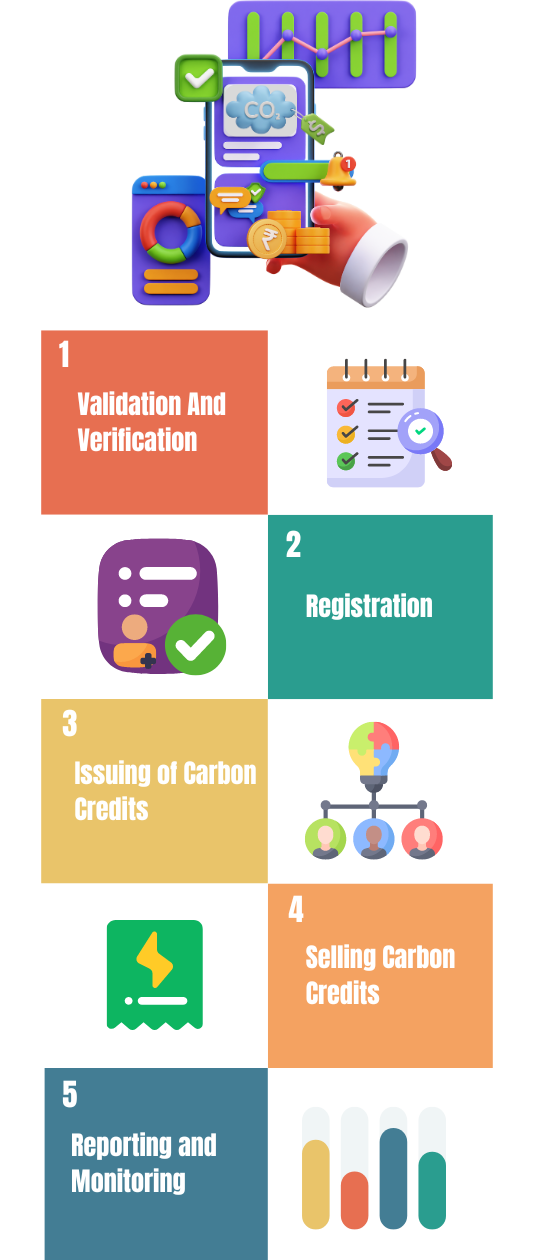
Need Help with Any Query?
We enable our Partner to send receipts, invoices and documents directly in our app through their existing systems, Spindle Partner Portal and Custom APIs.

Write to Us
Feel free to drop us your questions.. suggestion..feedback.
We value your thoughts.
Our Best Offers
Use Spindle_24
to get upto Extra 15% off up to ₹ 250








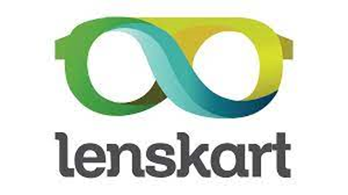






 FundsIndia
FundsIndia

